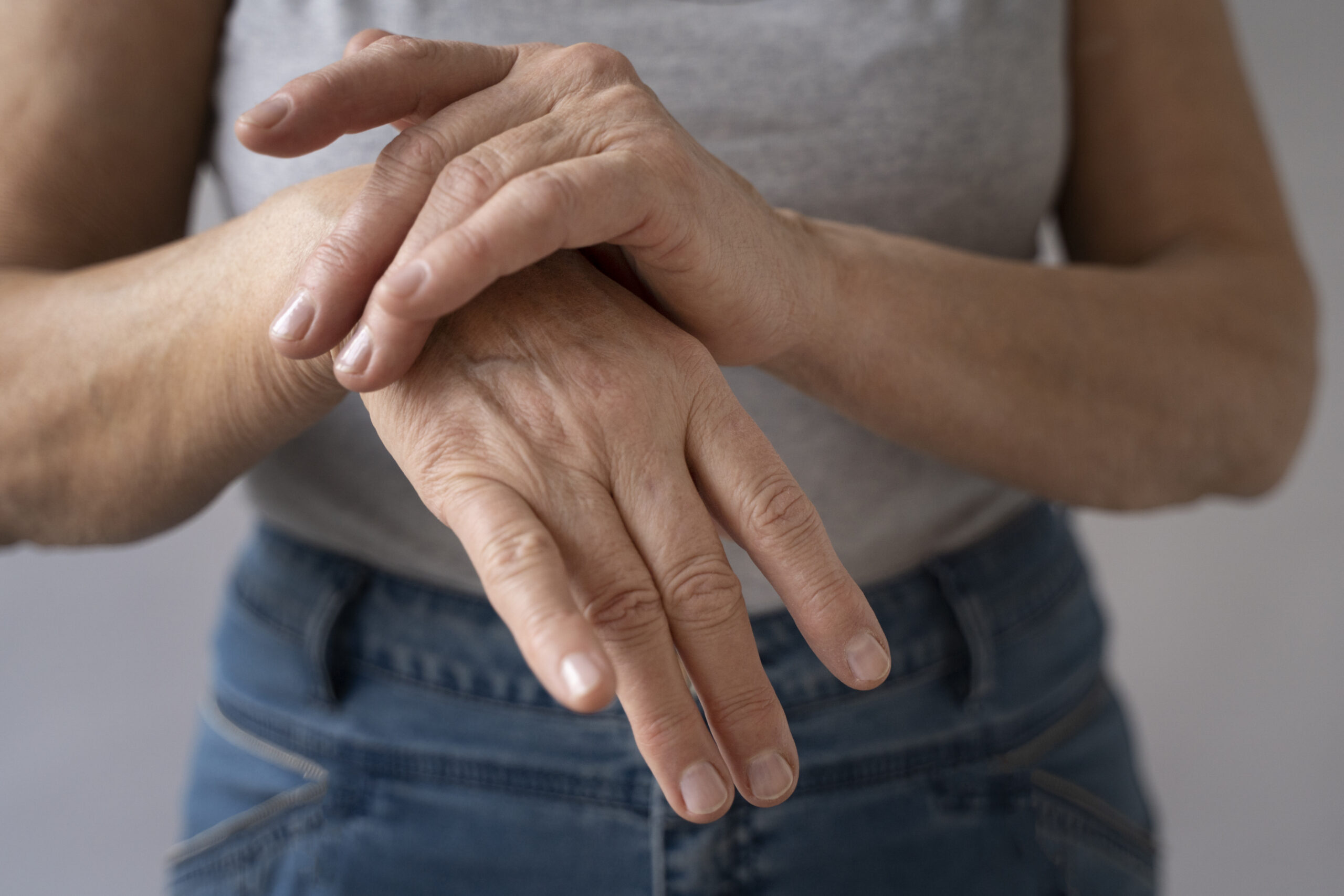
Rheumatoid arthritis (RA) doesn’t strike at random. It often follows a confusing trail of symptoms and silent immune system changes that unfold over years. For genetically predisposed women, a mounting body of research now suggests that viral infections may be a critical and overlooked RA viral trigger. Understanding how viruses interact with genetic vulnerability may unlock early intervention pathways and reshape how we view autoimmune risk in women.
The Female Bias in RA Risk
RA affects women at a rate two to three times higher than men. Hormonal factors, immune reactivity, and genetics all play a role. But this gender disparity also raises another question: Are women more susceptible to environmental triggers like viral infections?
Studies show that estrogen can amplify immune responses and that certain X-linked immune-related genes—present in double dose in women may increase reactivity to infections. When combined with underlying genetic susceptibility (such as HLA-DR4 or PTPN22 mutations), these factors create a perfect storm for chronic inflammation.
The Role of Viral Infections in Autoimmune Onset
Viruses are known instigators of immune disruption. Some viruses have molecular structures that mimic human proteins, a phenomenon called molecular mimicry. This mimicry may confuse the immune system into attacking the body’s own tissues—a key mechanism in RA.
Notably implicated viruses include:
- Epstein-Barr Virus (EBV): Found in nearly 100% of RA patients in some studies, EBV infects B cells and may contribute to the production of anti-citrullinated protein antibodies (ACPAs), a hallmark of RA.
- Parvovirus B19: Known to cause joint inflammation and chronic arthritis-like symptoms, especially in women.
- Human Herpesvirus 6 (HHV-6): Associated with immune modulation and potential RA flares.
- Hepatitis C Virus (HCV): Can mimic autoimmune arthritis and increase risk in predisposed individuals.
Each of these viruses can linger in the body long-term and periodically reactivate—triggering cycles of immune response that may tip the balance toward autoimmunity.
Genetic Susceptibility: The Silent Precursor
Having a genetic risk for RA doesn’t guarantee disease—but it primes the immune system. Key genes involved include:
- HLA-DRB1 “shared epitope”: Strongly associated with seropositive RA.
- PTPN22: Affects T-cell regulation and immune tolerance.
- STAT4 and TRAF1/C5: Involved in cytokine signaling and inflammation.
Women with these genetic profiles may be more vulnerable to aberrant immune responses when exposed to viral triggers. In fact, studies show that EBV-related immune reactions are more intense in people with HLA-DRB1 alleles, potentially linking virus-host interaction to disease onset.
Timing Matters: Puberty, Pregnancy, and Menopause
Hormonal shifts during life stages especially in women appear to influence both viral susceptibility and autoimmune risk. Puberty, pregnancy, and menopause all modulate immune function and hormone levels, which in turn affect how the body handles persistent viruses.
For instance:
- During pregnancy, immune suppression helps tolerate the fetus, but reactivation of viruses like EBV or cytomegalovirus is more likely.
- In postpartum periods, reactivation and immune rebound may act as RA triggers.
- Menopause brings a decline in estrogen, which normally has protective immune-regulatory effects.
These biological transitions may create windows of vulnerability where viral infections have disproportionate impacts on immune signaling.
New Insights from Viral Epitope Mapping
Cutting-edge research in viral epitope mapping—where scientists catalog viral protein fragments that mimic human proteins—has revealed overlaps between viral peptides and self-antigens targeted in RA.
For example:
- EBV nuclear antigen-1 (EBNA-1) mimics several human proteins targeted by ACPAs.
- T-cell cross-reactivity has been documented between EBV and citrullinated peptides in synovial tissue.
- Some parvovirus proteins share sequence similarity with RA autoantigens, like collagen.
This overlap suggests that prior viral infections may “train” the immune system to later recognize and attack joint tissues—especially in genetically primed individuals.
Can Viral Exposure Predict RA Development?
Recent cohort studies offer a chilling insight: women with high levels of antibodies to EBV or parvovirus B19—before showing any RA symptoms are more likely to develop the disease within 5–10 years. These preclinical immune signatures hint that viral exposure could be used as an early biomarker for RA risk.
Researchers are now exploring viral load monitoring and autoantibody development as tools for:
- RA risk screening in women with family history or known genetic variants
- Preventive strategies, such as antiviral agents or vaccines
- Personalized monitoring, particularly around high-risk life stages
Implications for Future Prevention and Treatment
If the link between viral infections and RA onset is confirmed, it could dramatically shift the timeline for autoimmune care from late-stage treatment to early-stage prevention.
Potential interventions include:
- Vaccination against RA-linked viruses, especially EBV
- Antiviral therapy during preclinical RA phases or flares
- Immune-modulating lifestyle strategies during hormonal transitions
- Microbiome balancing, since gut viral populations may also influence RA onset
It also raises new ethical and diagnostic questions: Should viral history be part of RA screening? Could we intervene decades before the first swollen joint?
A New Paradigm for Women’s Autoimmune Health
The idea that viral infections could be a hidden RA trigger in genetically prone women marks a turning point in our understanding of autoimmune disease. It emphasizes the interplay of genes, infections, and hormones, particularly in women whose immune systems are naturally more reactive.
For many, this new framework brings validation and hope. RA doesn’t just “happen.” It’s shaped by years of immune stress, and with the right tools, we may soon be able to recognize and stop it before it ever begins.
FAQs
Can viral infections really cause RA?
While viruses don’t directly cause RA, they may trigger the immune system in genetically predisposed individuals, initiating the autoimmune cascade.
Which viruses are most associated with RA?
Epstein-Barr virus, parvovirus B19, and hepatitis C virus are among the most studied in relation to RA onset.
Why are women more at risk?
Hormonal differences, immune sensitivity, and X-linked genetic factors make women more prone to autoimmune conditions like RA.
Can preventing viral infections reduce RA risk?
Potentially, yes. If infections like EBV are confirmed as RA triggers, vaccines or antivirals might be used preventively in high-risk individuals.
Is viral testing useful for RA screening?
Viral antibody levels, especially combined with genetic testing, may one day be used to assess RA risk before symptoms appear.
